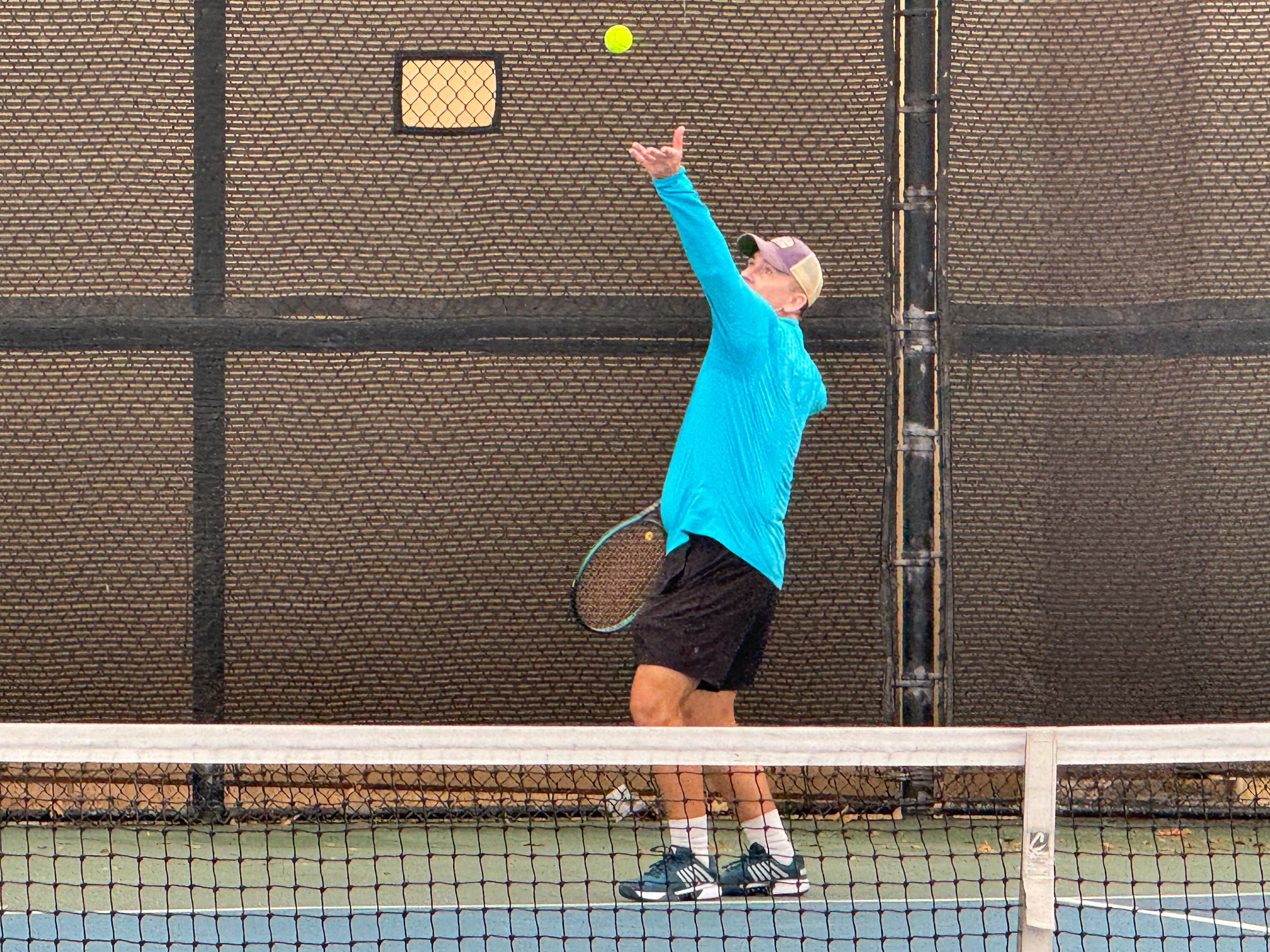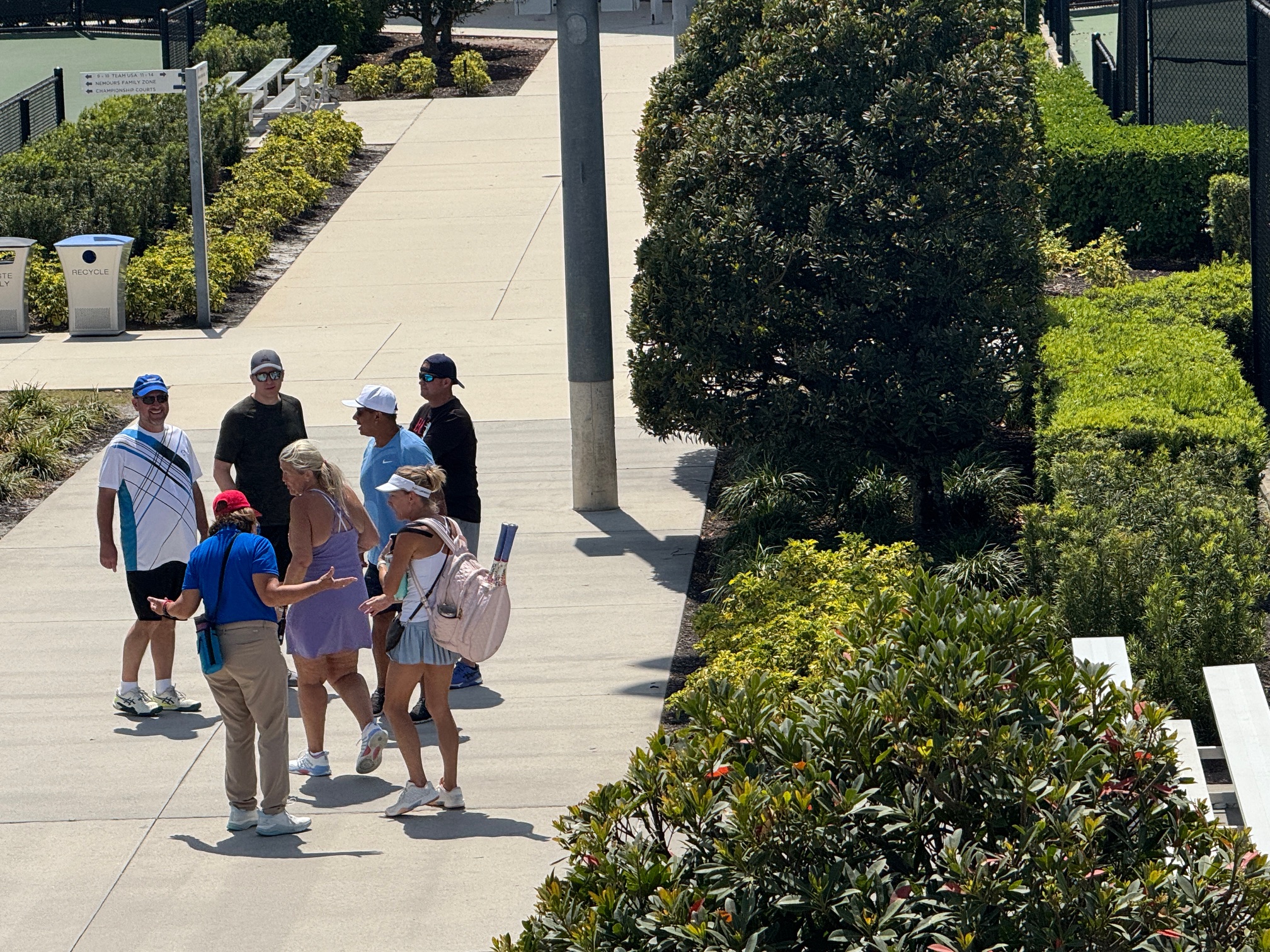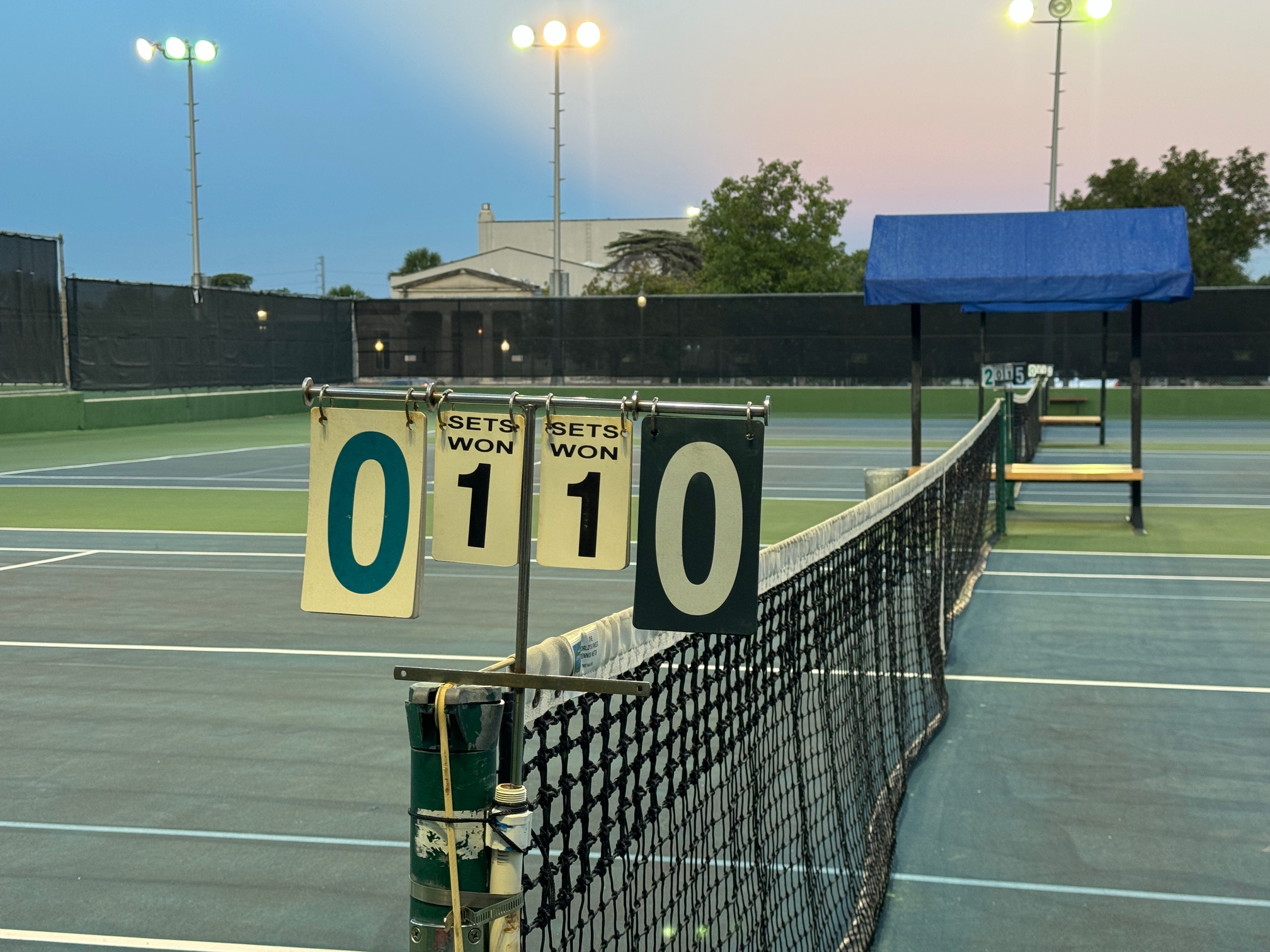Last week’s “Ready to Receive” post sparked a comment about an underhanded tactic some players use to break the server’s rhythm. The fundamental question is whether a receiving player who was ready to receive may later become unready. In a sheer coincidence I played a very convivial league match last Friday and my opponent asked me about the very same rule during one of our changeovers.
This one is straight out of the USTA addendum “The Code” in the Friend at Court.
29. Receiver readiness. The receiver must play to the reasonable pace of the server. The receiver should make no effort to return a serve when the receiver is not ready. If a player attempts to return a serve (even if it is a “quick” serve), then the receiver (or receiving team) is presumed to be ready. The receiver may not become unready unless outside interference occurs.
USTA Friend at Court, The Code, Principle 29
Full convergence was completed a couple of games later. I looked up after delivering a second serve to find that same opponent frantically waving her arms several feet from where she was originally standing when I started my delivery. A bee had started aggressively buzzing around her and she was desperately trying to get away.
I offered a let, but she insisted on conceding the point since I had already started my motion. After subsequently re-reading this section of the rule, this seems to be a legitimate cause for claiming a hindrance from outside interference. If my opponent had yelled “Let” or “Hindrance” as she was swatting at the bee, then the point should absolutely have been replayed.
The fact that I had already started my delivery means that the point had technically started. This interpretation of tennis law is exhibited through the let rule on second serves. If a server has started their second serve motion and a let is called even before they strike the ball, a first serve is granted.
If my opponent had definitively called for a let before my serve passed by as an ace, then it would have been a clear let situation. Since that did not happen, probably the way we handled it was technically correct. I would not have been upset if she had accepted my offer of a let, however.
Alternatively, if I had missed the second serve, I would have insisted that it was a double fault since I had no idea of her predicament until after my ball was well on its way to her side of the net. In other words, her reaction to the aggressive bee had no impact on my serve whatsoever.
This was clearly not a case of my opponent using a phantom insect as a delaying tactic since she immediately conceded the point. I can see how shady players could repeatedly make that claim as a deliberate disruption, however.
On windy days, I have seen receivers become legitimately unready when dust blows into their eyes before the serve is delivered. Clearly a wayward ball rolling onto the court could also create a state of unreadiness. In fact, a wayward ball rolling onto the court before a first serve is delivered is technically not even a let.
The USTA Friend at Court does not directly say whether an insect can cause a hindrance. I’m coming down on the side of the interpretation that it can. Bees and wasps are terrifying.



